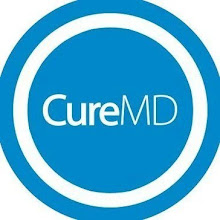There have been some changes in the implementation of
Meaningful Use program, introduced by the Centers for Medicare and Medicaid
(CMS). The changes have been proposed in order to regulate the CMS incentive
program for eligible physicians (EPs) who have implemented EHR system at their
practices and reported their data to the government.
The changes have been announced in the timeline of the
Meaningful Use program. According to the new timeline, the Stage 2 of the MU program – which was previously going to end in 2015 – has been extended to 2016.
The change in Stage 2 deadline has pushed the onset of Stage 3 to 2017.
However, this does not apply to every physician who has
implemented EHR at their practice. The rule applies that only those
practitioners can proceed to Stage 3 of MU program, who have successfully
completed last two years in Stage 2.
This rule serves two major purposes: firs of all, it will
allow the government departments, CMS and ONC to guarantee improved patient
care through successful implementation of EHR system, data sharing and
reporting; secondly, to ensure proper utilization of the data collected from
Stage 2 information exchange and use it to make effective policies for Stage 3.
The three stages of Meaningful Use program have been
carefully designed, so that every stakeholder in the healthcare industry can
benefit from it. Moreover, every phase is interlinked with each other in such a
way that without fulfilling the requirements of one phase, providers cannot
move on to the next one. Stage 1 of MU program focused on creating information
that lead to efficient health information exchange in Stage 2, while Stage 3
will focus on the outcomes of the entire program and its impact on the
healthcare system.
Following is the criteria for fulfilling Meaningful Use
program Stage 3:
- Focusing on outcome of the program on healthcare by providing quality, safe and efficient services
- Allowing patients to access tools that can help them in managing their health, like patient portals
- Access to and sharing patient data
- Making efforts to improve health of people


